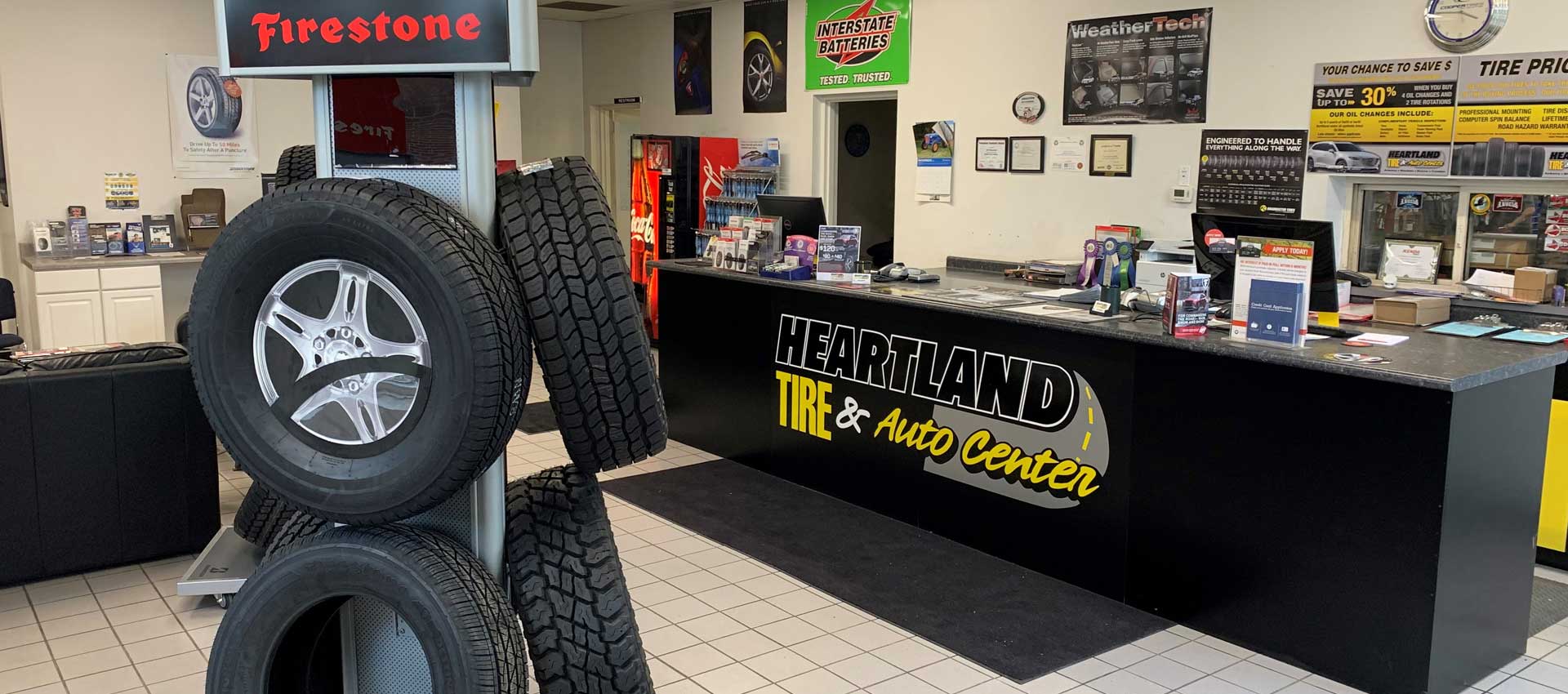Professional Morris Tire and Alignment Services: Make Certain a Smooth and Safe Drive
Professional Morris Tire and Alignment Services: Make Certain a Smooth and Safe Drive
Blog Article
Tire Solution: The Effect of Weather
When it concerns making certain optimal efficiency and safety when driving, recognizing the impact of weather on tire service is critical. From scorching heat to icy roadways, each weather aspect can significantly influence tire capability and total driving experience. By delving into the effects of varying weather on tires, motorists can gain valuable understandings that may boost their vehicle's performance and durability. In this conversation, we will certainly discover the intricate relationship between weather condition problems and tire solution, shedding light on the importance of weather-specific tire maintenance methods and considerations.
Warmth and Tire Efficiency
When revealed to high temperature levels, tires experience modifications in performance that can considerably impact car safety and handling. The heat created from long term driving or heat conditions causes the tire rubber to soften, resulting in minimized tread life and increased wear. As the rubber ends up being softer, the tire's hold when traveling decreases, influencing stopping ranges and general traction. In severe situations, excessive warmth can even trigger tire blowouts, presenting a serious safety and security threat to the automobile and its owners.
Additionally, heats can increase the process of tire aging, creating the rubber to weaken faster. This can result in splits, bulges, and various other forms of damages that jeopardize the architectural stability of the tire. To minimize the effects of warmth on tire performance, vehicle drivers need to routinely examine their tire pressure, rotate tires to make certain even wear, and examine for any type of indicators of damages. In addition, utilizing tires specifically developed to withstand high temperatures can aid preserve optimal efficiency and safety when traveling.
Winter Impacts
Cold weather condition problems can have a significant influence on tire performance and security. As temperature levels drop, tire rubber can set, leading to decreased traction on icy or snow-covered roads. In cool weather, tires might additionally lose atmospheric pressure more rapidly, which can affect handling and fuel efficiency. Additionally, cool temperature levels can create tire sidewalls to stiffen, raising the danger of damages from gaps or various other road risks.
To mitigate the effects of winter on tires, it is crucial to on a regular basis check tire stress and inflate them to the supplier's advised levels. Utilizing winter season or all-season tires created for chilly weather condition conditions can additionally improve grip and grasp on icy or snowy roads - discount tires morris il. Appropriate tire maintenance, including normal assessments for wear and damage, comes to be a lot more important during cooler months to guarantee optimum performance and safety and security
Rainy Conditions Influence
During wet conditions, tire efficiency and safety and security can be dramatically affected by the damp roadway surface areas and minimized exposure. click for source The walk pattern of tires plays a vital function in preserving traction on wet roads. Tires with damaged footsteps are a lot more susceptible to hydroplaning, where a layer of water accumulates between the tire and the road surface area, causing loss of traction. To combat this, chauffeurs need to consistently evaluate their tires for sufficient walk depth and take into consideration buying tires particularly created for wet problems.

Snow and Tire Safety And Security
Snow-covered roadways posture special obstacles for motorists, emphasizing the value of correct tire choice and upkeep. When driving in snowy problems, having the best tires can make a substantial difference in safety and efficiency. Winter tires are created with unique rubber compounds and walk patterns to give better traction on snow and ice contrasted to all-season tires. The much deeper treads and sipes of winter tires aid grasp the roadway better, lowering the risk of gliding and sliding.
In enhancement to utilizing wintertime tires, it is vital to ensure they are correctly inflated. Winter can create tire stress to go down, impacting grip and handling (discount tires morris il). Regularly inspecting and preserving the right tire pressure is crucial for ideal performance in snowy conditions

Weather-Related Tire Maintenance
Weather-related tire maintenance includes a variety of practices intended at making sure ideal tire function and long life in various weather scenarios. One vital element of weather-related tire maintenance is tire stress guideline. Examining tire step consistently and changing tires when tread wear gets to a certain deepness is important for maintaining grip and stability in damaging weather condition.
Verdict
In verdict, climate problems have a considerable effect on tire efficiency and security (tires morris il). From warm impacting tire stress and use to cool weather condition lowering traction, it is necessary to consider the weather condition when maintaining and making use of tires.
In this conversation, we will explore the detailed relationship between climate problems and tire solution, losing light on the importance of weather-specific tire maintenance methods and factors to consider.

Report this page